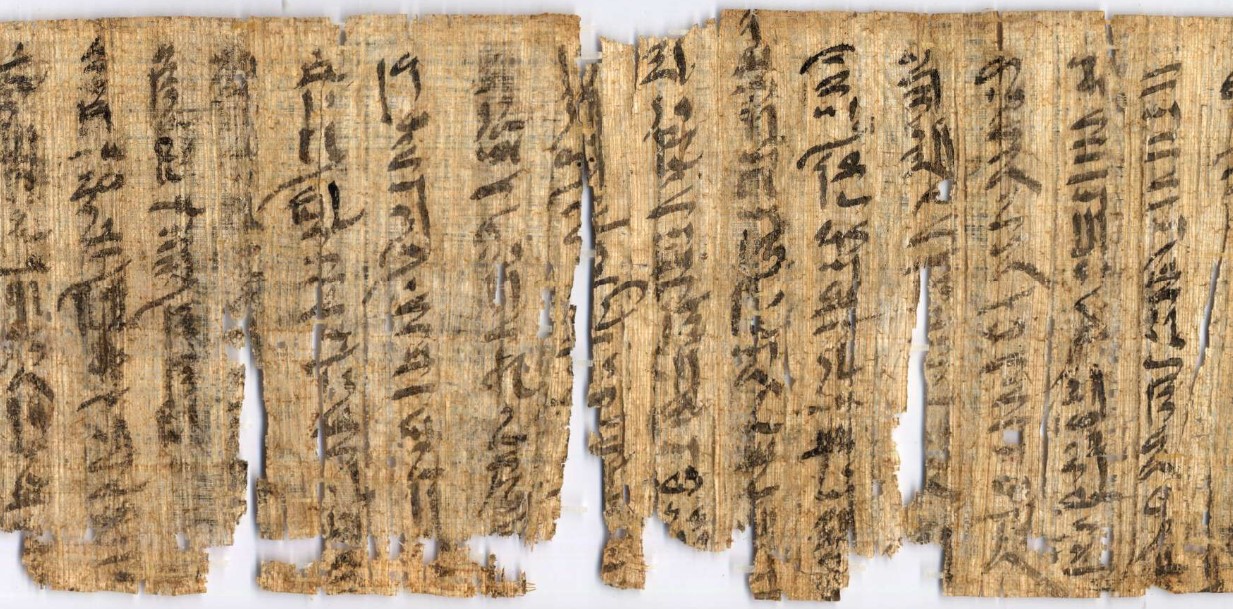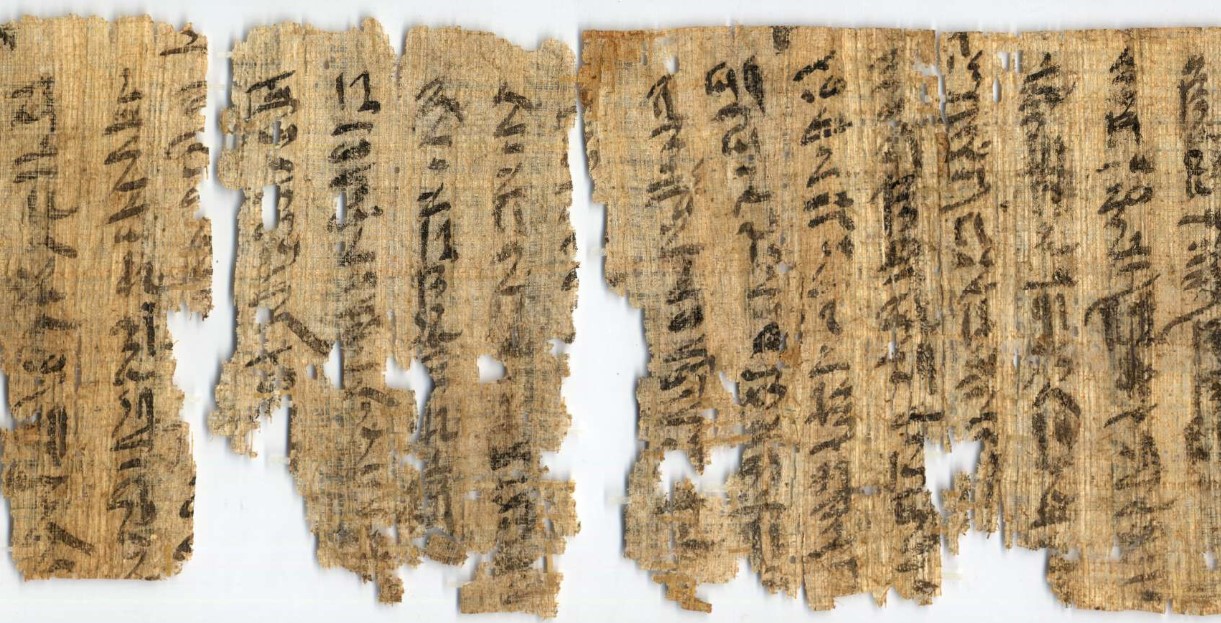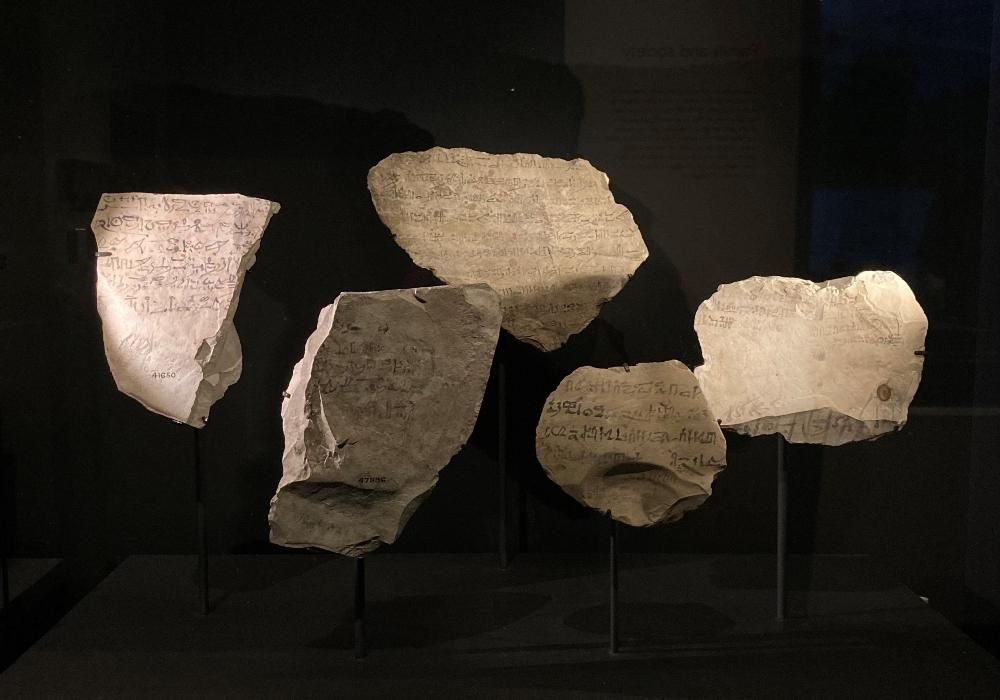
Fiction in ancient Egypt appeared during the period of the Middle Kingdom (2040-1640 BC). For a long time, all works discovered by archaeologists were classified as historical or religious texts. Everything changed in 1852, when the French Egyptologist Emmanuel de Rouget proposed that the Tale of the Two Brothers, preserved on the d'Orbini papyrus, be regarded as a work of art.
The Tale of Two Brothers is a fairy tale written during the New Kingdom (1550-1069 BC). The story tells of two brothers named Anubis (or Anpu) and Bata. They lived together until the wife of Anubis tried to seduce the unmarried Batu. Having been refused, she slandered Batu, and Anubis drove him out of their common home. When Anubis found out about the deception, he killed his wife and invited his brother to return home. Bata nevertheless received a wife from the gods, but she rejected him in favor of Anubis. In order to win over a woman, Bata went through several fabulous transformations, becoming a tree at the end. Then his wife ordered the tree to be cut down, and accidentally swallowed a chip. Having instantly become pregnant, she gave birth to the reborn Batu, who became king. Despite the fairy-tale plot, the story in allegorical form reveals the history of Ancient Egypt. The papyrus is named after Elizabeth d'Orbini, who donated the artifact to the British Museum.
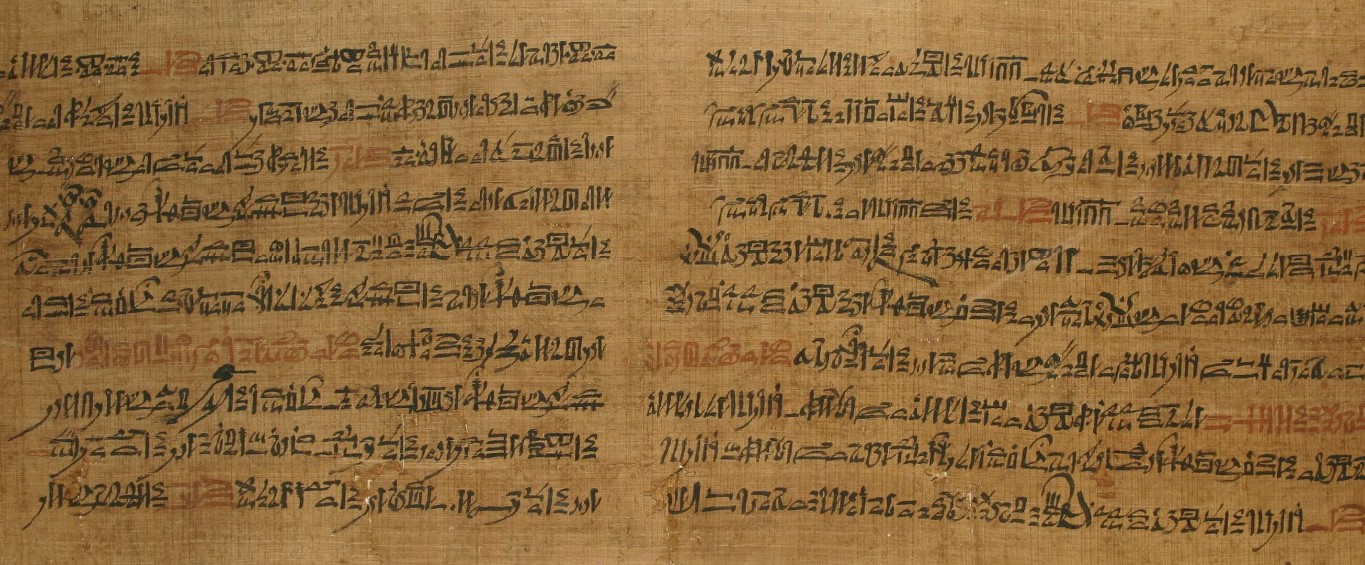
The Armenian collector of the 19th century, Giovanni Anastazi, owned another interesting find - a fragment of the "Tale of Sinuhe". This story, in the form of an autobiography, dates back to the Middle Kingdom. The protagonist of the work is the courtier Sinuhe, who, while traveling to Libya, learned that King Amenemhat I had been killed by conspirators. After leaving Egypt, Sinuhe traveled around Syria, got to the nomads, gained authority among them and at the end of his life returned to his homeland, where he received an estate. The story reveals political sentiments within the country and sheds light on ties with neighboring states. The whole story was restored thanks to the preserved papyri and ostraca - large fragments of limestone covered with inscriptions.
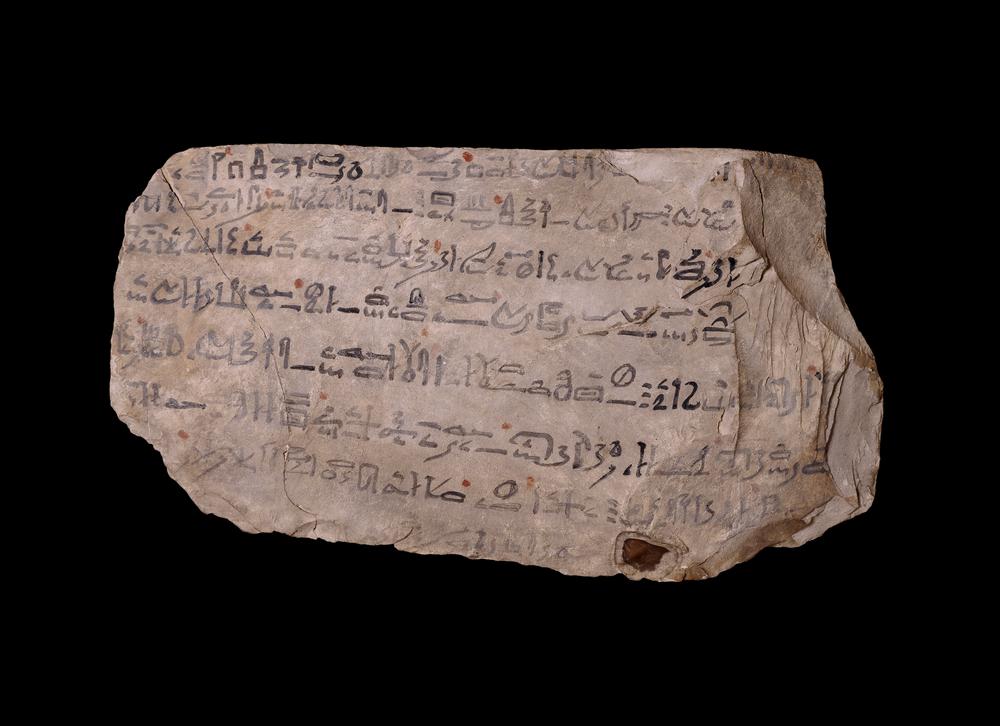
Another story from the period of the Middle Kingdom - "The Tale of the Eloquent Peasant", preserved on four papyri. This is a story about a man named Hevinanup, who got into trouble due to the fault of a worker from the noble house of Rensi. The worker went to the trick to take away the donkey from Hevinanup. Then the peasant went to Rensi and told him about his problem, demonstrating the skill of oratory. They failed to immediately resolve the situation, and it came to the Pharaoh himself. Hevinanup endured many hardships, but in the end, he not only got his donkey back, but also compensation for the damage. The highlight of the text is the poetic speeches of the peasant, filled with an abundance of metaphors; through them, the author showed the problems of justice in ancient Egypt.
